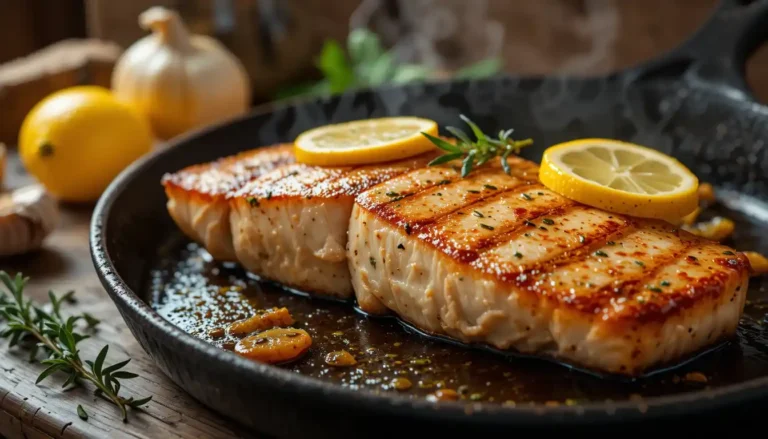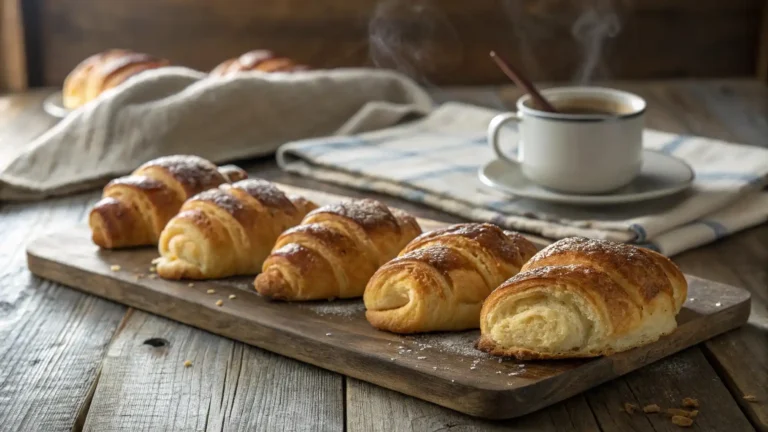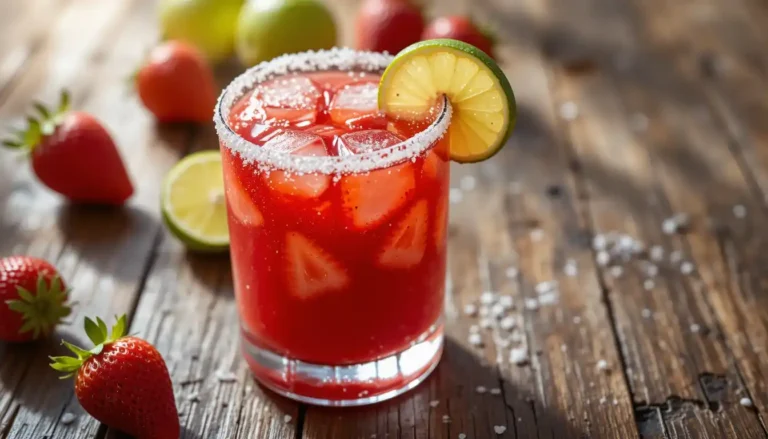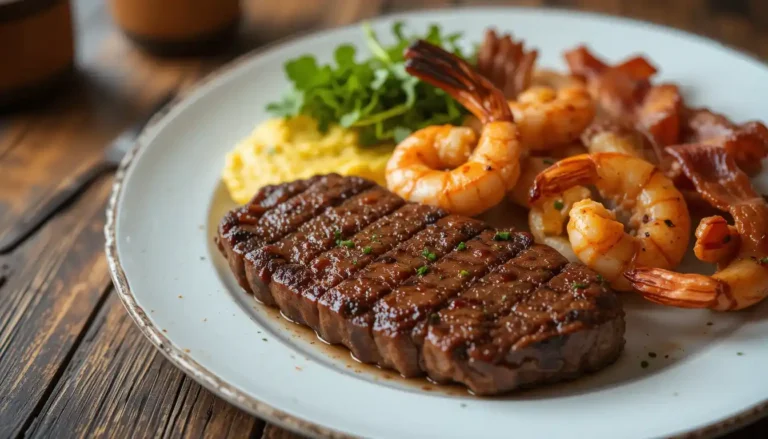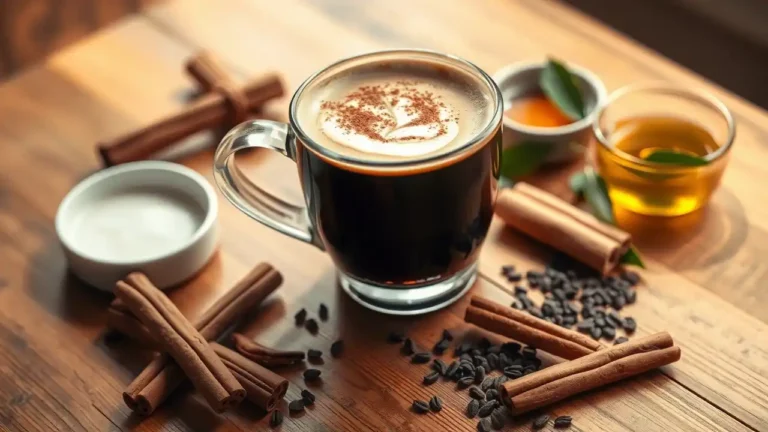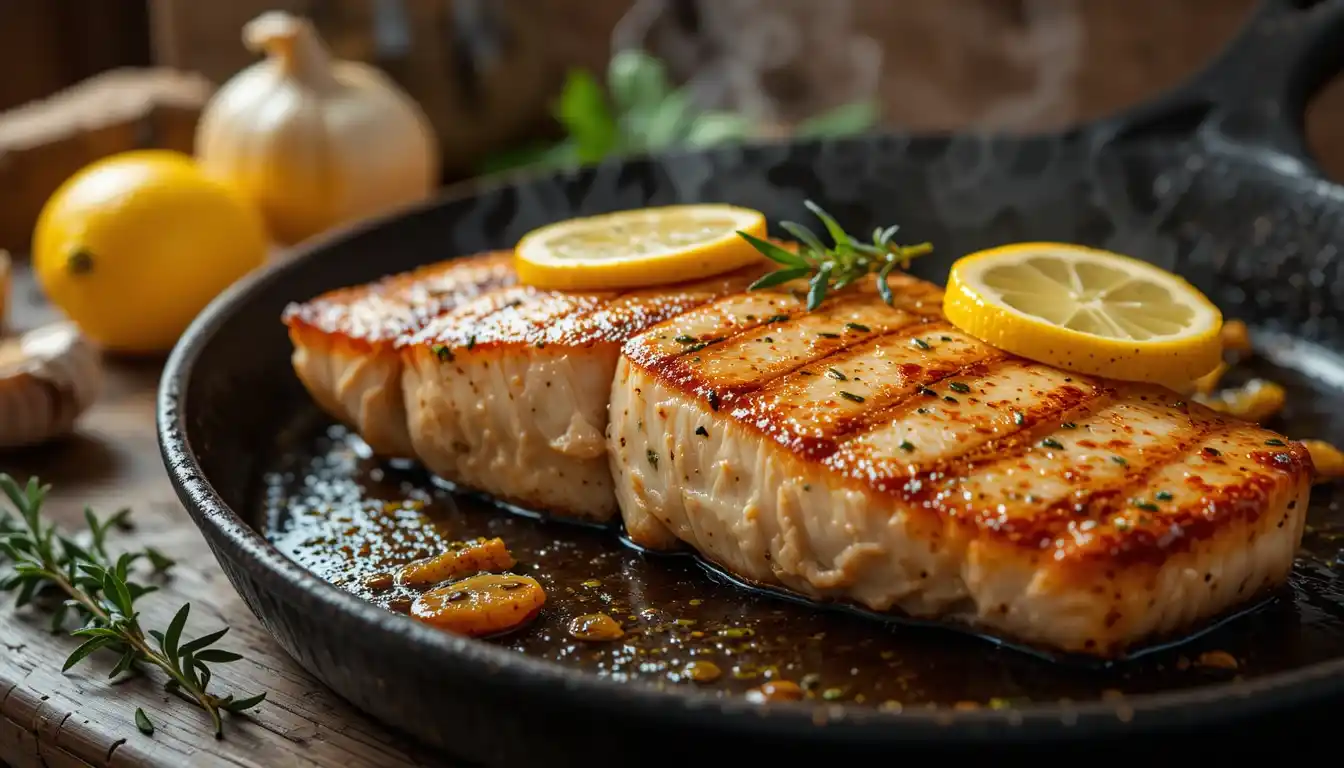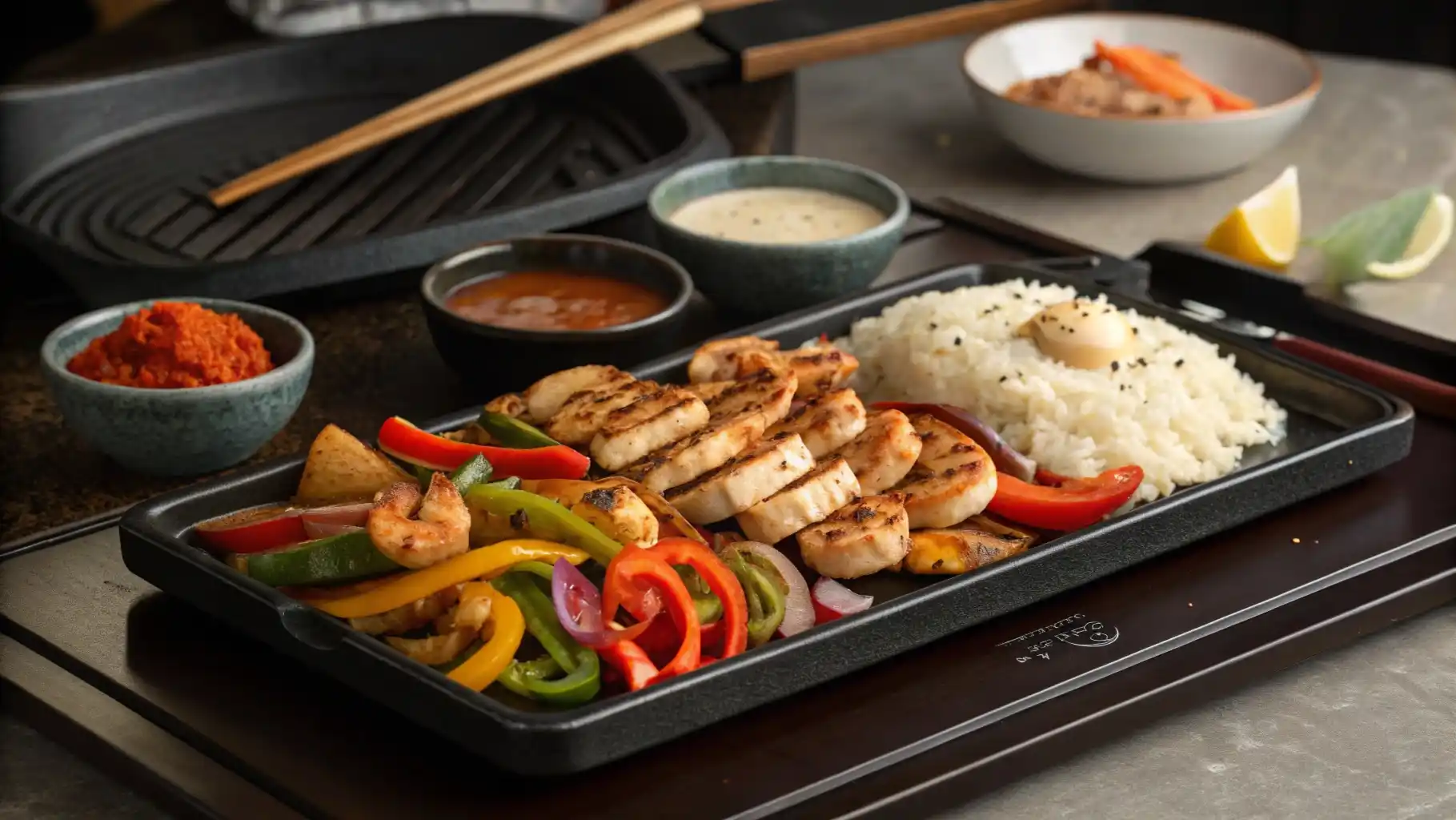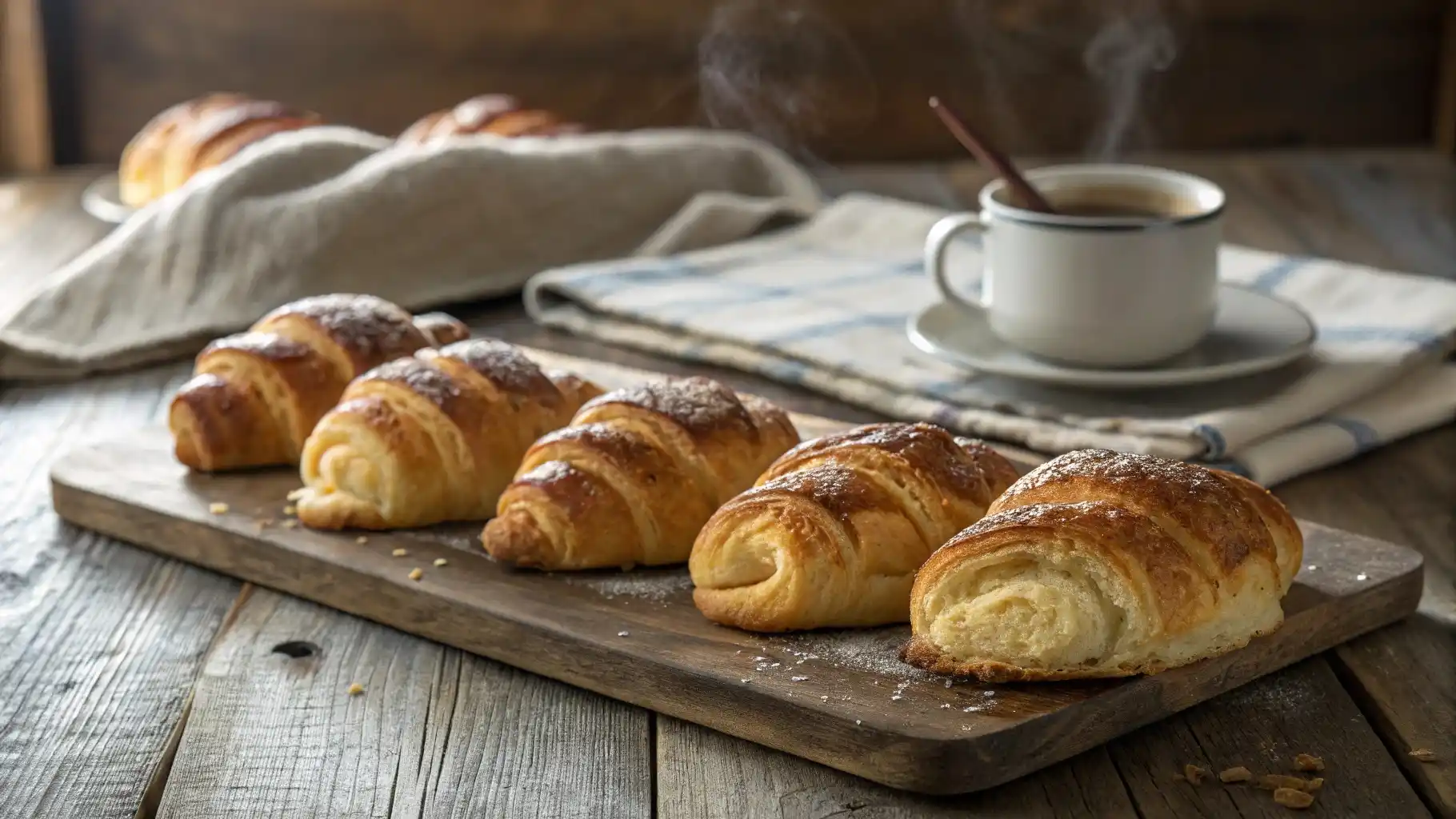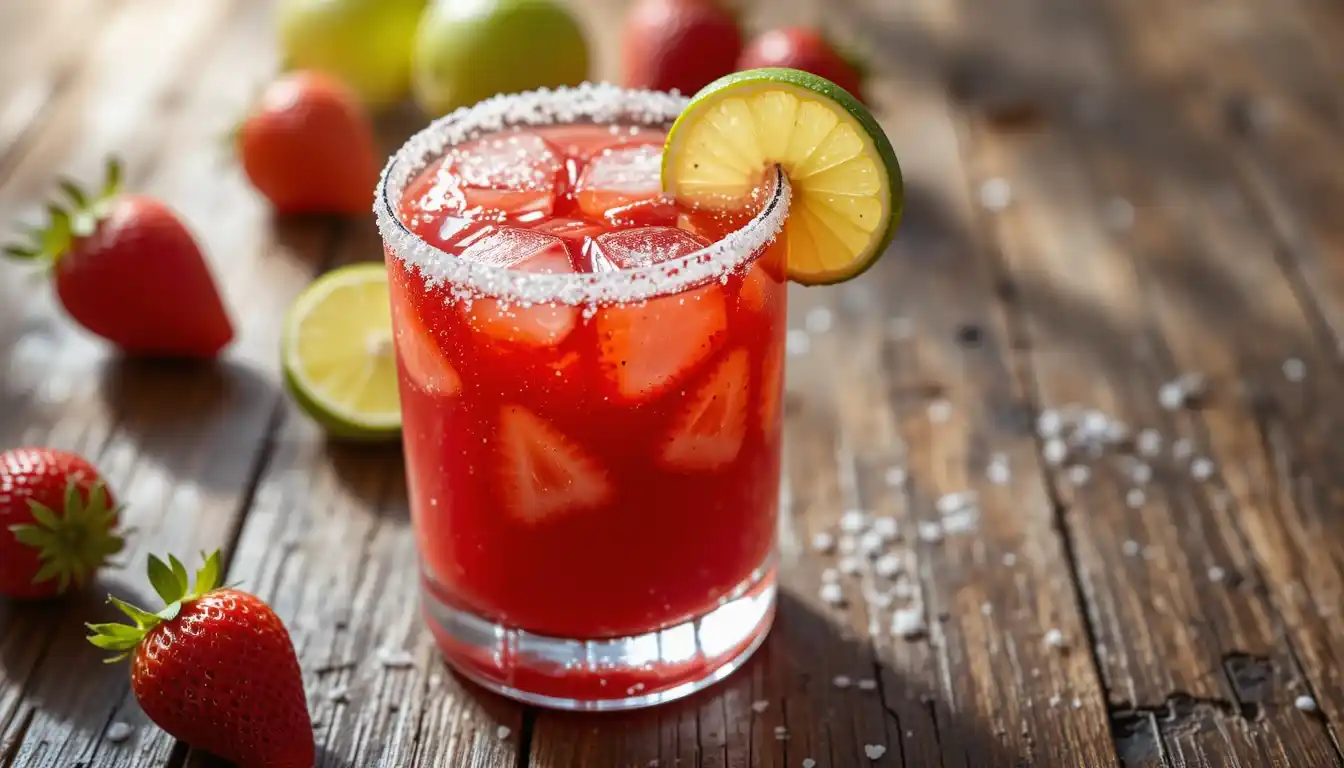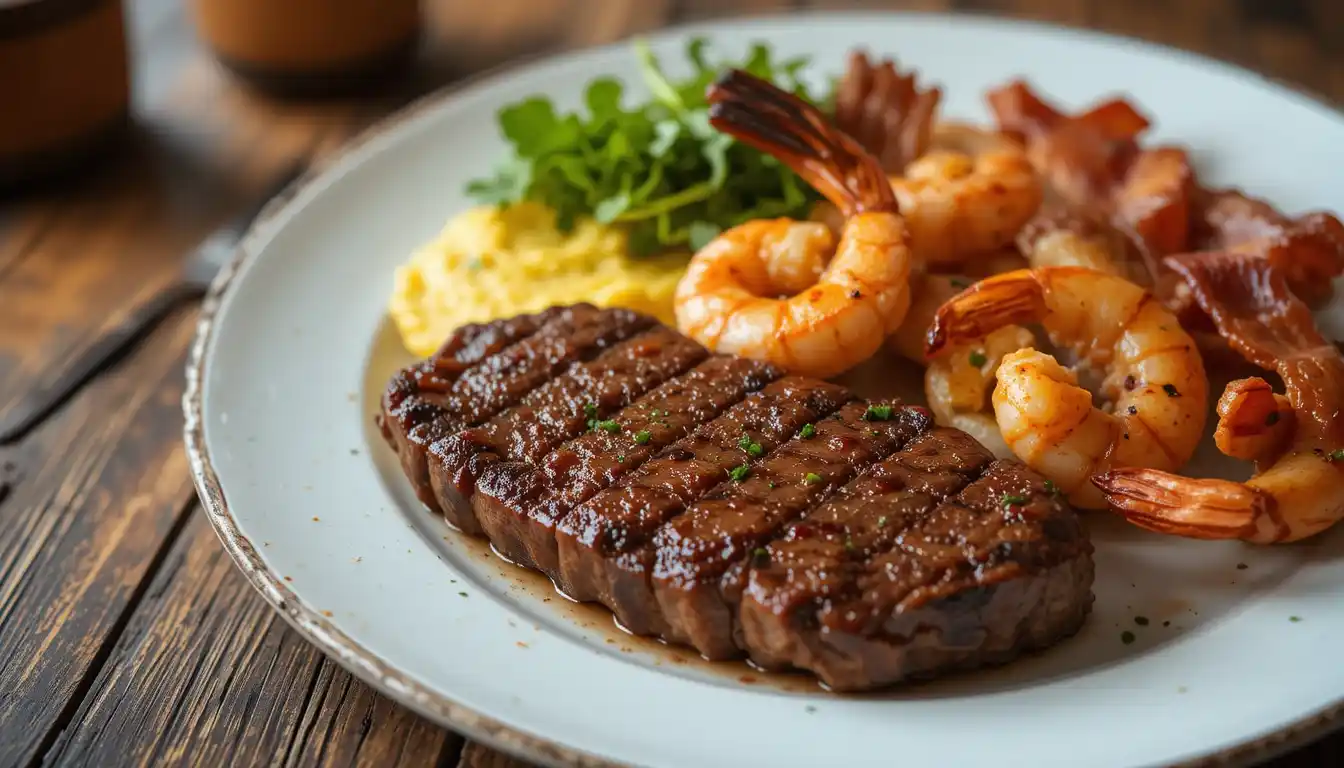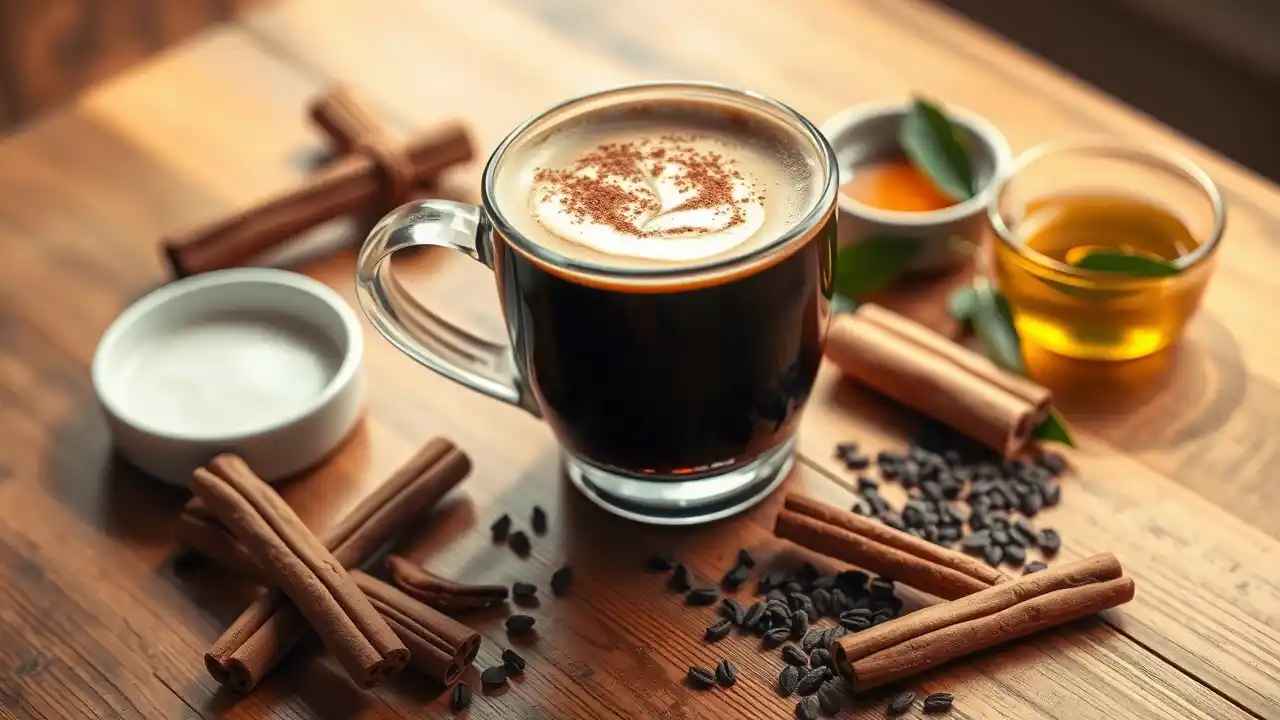When it comes to making the perfect burger, the right beef blend is key. The 80/20 rule for burgers is the go-to ratio for many grill masters. It strikes a great balance between flavor and moisture, ensuring juicy, tender burgers every time. This article covers why the 80/20 rule is ideal, how to choose the best cuts, and tips for making the perfect burger. Whether you’re grilling at home or hosting a barbecue, you’ll know exactly how to make your burgers shine.
Table of contents
What is the 80/20 Rule for Burgers?
Defining the 80/20 Ratio
The 80/20 rule for burgers is simple: 80% lean meat and 20% fat. This ratio is key to making a great burger. The fat isn’t just for flavor—it keeps the burger juicy and tender while cooking. If the beef is too lean, it can dry out. On the other hand, too much fat can lead to greasy, mushy burgers that fall apart on the grill.
The 80/20 ratio hits the sweet spot. It offers enough fat for moisture and flavor, without being overwhelming. It’s the reason this blend is so popular.
Why 80/20 is the Perfect Ratio for Burgers
So, why is the 80/20 ratio considered the best? First, it helps the burger hold together. The patty won’t shrink too much or fall apart. It also keeps the burger juicy and packed with flavor. If you’ve had a dry, flavorless burger, you know how important this balance is.
The right amount of fat also reduces flare-ups on the grill, which helps cook the burgers evenly. In short, this ratio creates burgers that are moist, flavorful, and easy to cook. The 80/20 ratio is the secret to great burgers every time.
The Importance of Fat in Your Burger Mix
How Fat Impacts Burger Flavor and Moisture
The 80/20 rule for burgers isn’t just about balancing lean beef and fat—it’s about understanding the role fat plays in the overall burger experience. Fat is more than just a flavorful addition to ground beef. It helps retain moisture during cooking, preventing the burger from becoming dry and tough. When you cook a patty made with leaner beef, it tends to lose a lot of moisture, leading to a dry and unappetizing burger.
In contrast, the right amount of fat helps keep the burger juicy, even after grilling. Think about that juicy bite, with the beefy flavor perfectly enhanced by the fat. This fat content is what makes your burger flavorful and satisfying. So, next time you take a bite of a perfectly cooked 80/20 burger, you can thank the fat for that delicious burst of flavor.
The Role of Fat in Preventing Dryness and Enhancing Texture
Fat is a crucial element in the 80/20 rule for burgers, particularly when it comes to texture. As the fat melts during cooking, it not only contributes to moisture but also helps create a tender patty. Without enough fat, your burger will likely feel dry and chewy. You might even encounter a burger that falls apart on the grill because it lacks the fat to hold it together. The right fat content helps your patty maintain its shape and texture, ensuring that it cooks evenly while preserving that mouthwatering juiciness.
If you’ve ever had a dry burger, you’ll know exactly how important fat is in achieving that perfect texture. Fat makes a world of difference, providing a succulent bite that’s not only delicious but also satisfying. So, remember: fat isn’t just an afterthought—it’s an essential ingredient in crafting the perfect burger.
Different Types of Ground Beef for Burgers
Ground Chuck and 80/20: The Most Common Option
When it comes to choosing the best beef for burgers, ground chuck is the undisputed champion, especially in the context of the 80/20 rule for burgers. Chuck comes from the shoulder of the cow, which naturally has a good amount of fat. This makes it the perfect cut for achieving that ideal 80/20 ratio. Ground chuck has a great balance of beefy flavor and fat content, which is why it’s the go-to option for many home cooks and professional chefs alike.
The beauty of ground chuck is that it doesn’t require much tweaking to reach the perfect fat-to-lean ratio. With 80/20 ground chuck, you can be sure you’re getting a patty that holds together well, stays juicy, and delivers that rich beef flavor. Whether you’re grilling, pan-frying, or broiling, chuck works wonders for making the juiciest, most flavorful burgers.
Blending Other Cuts of Beef to Achieve 80/20
While ground chuck is the most common option, you can also achieve the 80/20 ratio by blending different cuts of beef. For example, you could mix a fattier cut like brisket trimmings with a leaner cut like ground sirloin. By adjusting the blend, you can create a flavorful 80/20 burger mix that’s perfect for your taste preferences. The combination of cuts not only enhances flavor but also allows you to experiment with different textures and richness levels.
You can play around with ratios and find the best blend that suits your needs, but ground chuck remains the easiest and most reliable option for most burger recipes. If you want a bit more customization, mixing cuts is a great way to explore new flavors while still sticking to the 80/20 principle.
How to Choose the Right 80/20 Beef for Your Burger
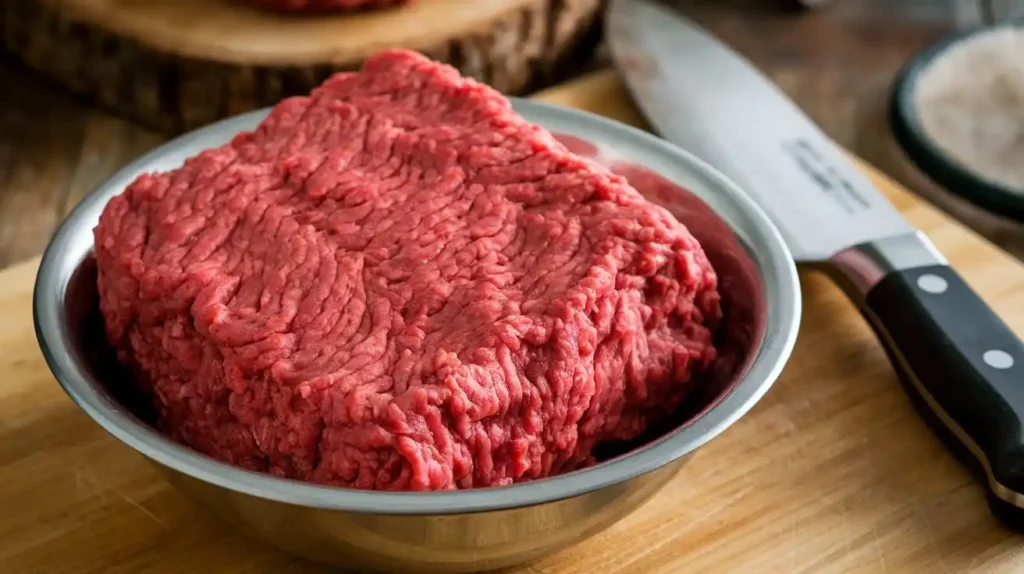
Buying Pre-Ground vs. Grinding Your Own Meat
When it comes to making the best burger, choosing the right beef is essential. The 80/20 rule for burgers can be achieved either by buying pre-ground beef or by grinding your own meat at home. Pre-ground beef, often labeled as 80/20 ground chuck, is the easiest option. It’s convenient, readily available at most grocery stores, and typically has a consistent fat-to-lean ratio. However, the quality of the beef can vary depending on the brand, so it’s important to check the label for the exact cuts used.
On the other hand, grinding your own beef allows you to control the cuts of meat and the ratio of fat to lean. If you’re looking for a more tailored burger experience, grinding your own meat can make a difference. You can use cuts like chuck, brisket, or round, and blend them to reach the perfect 80/20 ratio. Grinding your own meat ensures that the beef is as fresh as possible, which can enhance both flavor and texture.
Selecting the Best Cuts for Grinding at Home
When grinding meat at home, using the right cuts is key to getting the best 80/20 blend. Chuck is a great choice because it naturally has a high fat content, making it easy to reach the desired fat-to-lean ratio. If you prefer a more custom blend, you can combine lean cuts, such as sirloin or round, with fattier cuts like brisket. This way, you can create a burger that perfectly suits your taste and texture preferences.
For best results, consider using a meat grinder or a food processor. It’s important to keep the meat chilled during grinding, as warmer meat can lead to a less consistent grind. Aim for a fine grind to create a smoother, more tender patty, while a coarser grind will provide more texture. Experimenting with different cuts and grinding techniques can help you achieve the ultimate 80/20 burger.
Cooking with 80/20 Ground Beef
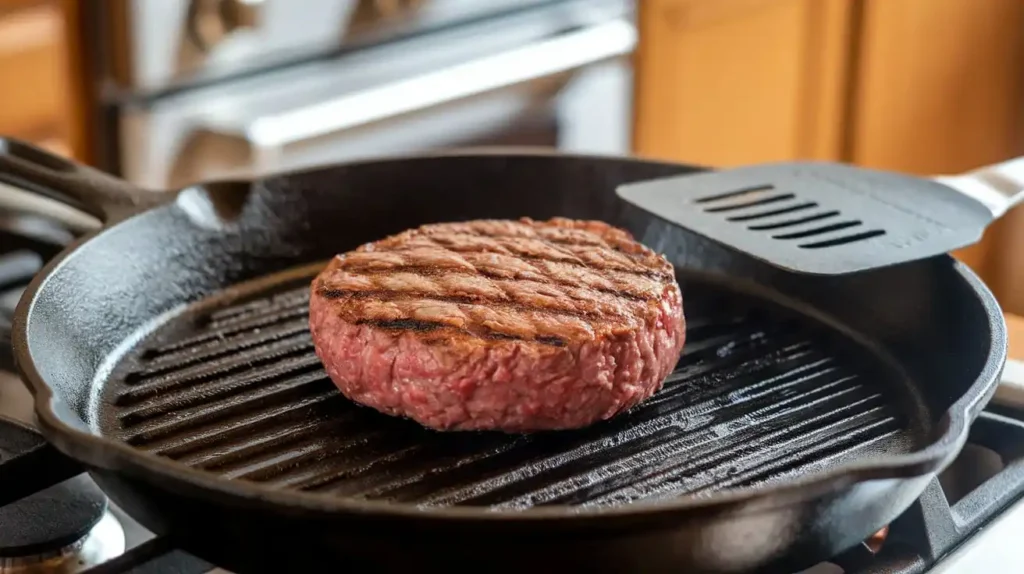
Best Cooking Methods for 80/20 Ground Beef Burgers
Once you’ve chosen the best 80/20 ground beef blend, it’s time to cook your burgers! The cooking method you choose plays a big role in how your burgers turn out. For 80/20 ground beef, grilling is one of the most popular methods. Grilling allows the fat to render out, giving the burger a juicy, smoky flavor. When grilling, be sure to cook over medium-high heat to avoid flare-ups, which can burn the fat and cause uneven cooking.
If grilling isn’t an option, pan-frying works just as well. Use a cast-iron skillet to get a crispy, golden brown crust on your burger while keeping the inside moist. Another method is broiling, which also works great for cooking 80/20 burgers, giving them a nice sear while maintaining their juiciness.
How to Prevent Shrinkage and Flare-Ups
One of the challenges of cooking burgers made with 80/20 ground beef is preventing shrinkage and flare-ups. Shrinkage happens as the fat melts during cooking, causing the patty to lose size and shape. To prevent this, avoid pressing down on the patties while they cook, as this forces out moisture and fat. Additionally, keeping the patty thick and evenly shaped can help it maintain its structure.
To reduce flare-ups, avoid cooking at extremely high temperatures, as this can cause the fat to catch fire and lead to uneven cooking. Keep a close eye on the burger and adjust the heat as needed. If you’re using a grill, consider using a drip tray to catch any excess fat that may cause flare-ups. By following these tips, you’ll ensure that your 80/20 burger stays juicy and flavorful without the mess or burnt edges.
For more delicious burger recipes, check out our article on How to Barbecue Burgers Without Burning Them.
The Benefits and Drawbacks of 80/20 Beef for Burgers
Pros: Flavor, Moisture, and Versatility
The 80/20 rule for burgers is loved by many for several reasons. First and foremost, it strikes a perfect balance between flavor and moisture. The 20% fat content adds richness and juiciness, making the burger more satisfying without being greasy. That delicious beefy flavor is enhanced by the fat, which renders down during cooking, infusing the patty with moisture.
Moreover, the 80/20 blend is versatile. It’s great for grilling, pan-frying, or even broiling, and it holds its shape well, reducing the chances of crumbling or falling apart. Whether you’re making classic cheeseburgers or experimenting with gourmet toppings, the 80/20 rule for burgers is a dependable option that works in many burger recipes.
Cons: Shrinkage and Fat Draining During Cooking
While the 80/20 ratio has plenty of benefits, it does come with a couple of drawbacks. One of the most common issues is shrinkage. As the fat melts during cooking, it can cause the patty to shrink in size, especially if you’re cooking over high heat. However, this can be minimized by cooking at medium heat and not pressing the patties down while cooking.
Another drawback is that the fat rendered during cooking can cause flare-ups on the grill or excess grease on the pan. This can make cooking a little messier and can even result in burnt bits. To avoid this, keep an eye on the heat and try using a drip tray on the grill to catch the fat.
Despite these challenges, the 80/20 rule for burgers remains the most popular option for creating burgers that are both flavorful and juicy. The benefits far outweigh the drawbacks, especially when you follow a few simple cooking tips to reduce shrinkage and fat flare-ups.
FAQs About the 80/20 Rule for Burgers
What does 80/20 ground beef mean?
The 80/20 rule for burgers refers to the ratio of lean meat to fat in the ground beef. In this case, 80% of the beef is lean, and 20% is fat. This ratio helps create a juicy, flavorful burger while ensuring the patty holds together well during cooking.
Why is 80/20 the best choice for burgers?
The 80/20 ratio is the best choice because it offers the perfect balance of moisture and flavor. The fat content ensures the burger stays juicy, while the lean meat helps maintain its structure. It’s also versatile enough to be used in various cooking methods, such as grilling or pan-frying.
Can I use 80/20 for other dishes besides burgers?
Yes! While 80/20 ground beef is ideal for burgers, you can also use it in other recipes that require ground beef, such as meatloaf, meatballs, or tacos. The fat helps keep the meat moist and flavorful in a variety of dishes.
What happens if I use a higher fat content, like 70/30?
Using a higher fat content like 70/30 will result in a burger that is even juicier but can cause more flare-ups on the grill and shrinkage during cooking. It might also be a bit greasier. If you prefer a richer, fattier burger, then 70/30 could work for you, but it requires careful cooking to avoid these issues.
For more tips on perfecting your burger, check out our guide on What to Put on Barbecue Hamburgers.

What is the 80/20 Rule for Burgers? The Ultimate Guide to Perfect BBQ Burgers
Equipment
- Grill
Ingredients
- 1 lb Ground Chuck (80/20) Ground chuck provides the perfect 80/20 ratio.
- to taste Salt and Pepper Basic seasoning to bring out the flavor.
- 4 buns Burger Buns Soft, toasted buns work best.
Instructions
- Shape the ground chuck into patties, ensuring they are slightly larger than the buns as they will shrink while cooking.
- Season both sides of the patties with salt and pepper. Preheat the grill to medium-high heat.
- Grill the patties for about 4-5 minutes per side or until they reach the desired doneness.
- Toast the buns lightly on the grill during the last minute of cooking.
- Assemble the burgers by placing the cooked patties on the buns, and serve with your favorite toppings and condiments!

